
You may have seen advertisements for cryogenic treated vacuum tubes and the benefits which are supposed to be derived from the cold process and wondered if this is hype or snake oil or does such a treatment really have any effect? I too also wondered about this and did look around, there are many vendors out there providing such treated vacuum tubes but the prices they are usually asking are more then just premium. They will bleed you. After a bit of searching, I came across Cryoset who do such a treatment for vacuum tubes but the prices they asked were reasonable and so decided to take just such a chance and ordered my first cryogenically treated vacuum tubes which were a matched pair of Electro Harmonix EL84 for my Yarland P-100 and a pair of Tung Sol 6SL7GT for my Little Dot Mk VI.
 So did I hear any differences when compared to other tubes I had in stock, well I was very pleasantly surprised by the results of the Cryoset tubes and yes there are noticeable differences in the overall sound quality rendered. To put it in a nutshell, the overall detail and SQ seemed to be much better defined and refined with no graininess , even very Small nuances come through with exceptional clarity. The sound staging I have found is more exact and the musical nature of the reproduction has greatly improved. In my own opinion, yes there are differences and the small amount extra paid was worthwhile for such differences.
So did I hear any differences when compared to other tubes I had in stock, well I was very pleasantly surprised by the results of the Cryoset tubes and yes there are noticeable differences in the overall sound quality rendered. To put it in a nutshell, the overall detail and SQ seemed to be much better defined and refined with no graininess , even very Small nuances come through with exceptional clarity. The sound staging I have found is more exact and the musical nature of the reproduction has greatly improved. In my own opinion, yes there are differences and the small amount extra paid was worthwhile for such differences.
I have since added a pair of Cryoset Sovtek 12AX7 Long Plates to my collection.
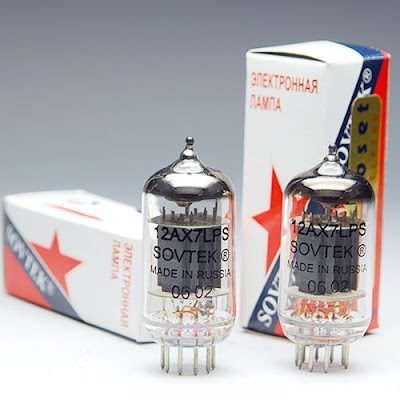 I have no connection with Cryoset and this is purely based on my experience which I wanted to share.
I have no connection with Cryoset and this is purely based on my experience which I wanted to share.
On the technical description of the Cryoset treatment, this is an extract of their information:
The proprietary Cryoset treatment process utilizes a computer controlled, cryogenic chamber to very gradually reduce the temperature of the tubes to 300 degrees below zero (Fahrenheit) and holding them there for a minimum of 24 hours. After the extended dwell at this cryogenic temperature, the vacuum tubes are then very slowly brought up to ambient temperature over the next 24 hours and stabilized. The process is a "dry" one that utilizes liquid nitrogen as a cryogen that is flashed into the chamber. The tubes are never exposed to the actual liquid. All these processes are microprocessor controlled under strict and verifiable conditions. Scientists have known for years that material transformations occur when they are exposed to cryogenic temperatures. Many of the early discoveries were more fully explored by NASA engineers who were trying to understand what would happen to metals when subjected to the extreme temperatures of space. Today, a wide range of commercial items from softball bats to race engines are cryogenically treated to improve their performance by enhancing the material properties with "cold treating" or cryogenic processing. This technology brings practical application to audio and other electrical components as well. Cryogenic treatment modifies the micro structure of the metals used in critical electronic components by reducing or eliminating voids and imperfections in the material. Crystal structures (or grains) have been shown to be modified after cryogenic treatment, creating a more uniform or homogeneous micro structure. The thermal dissipation properties of the metals are improved, reducing hot spots and further contributing to extended life and improved performance. In addition, the physical contraction of the metals while under the deep freeze imparts a mechanical compression on the metals that contributes to improved signal transmission quality and speed. The materials used in electronics are highly fabricated and the manufacturing processes used impart or induce stresses in them. In addition, welding and soldering adds additional stress from concentrated areas of heating. Most everyone recognizes that welded components often fail at the weld -- a "weak" spot. The weakness comes from residual stresses inherent in all materials, further exacerbated by manufacturing techniques or processes. Cryogenic treatment relieves stresses and normalizes (or stabilizes) welded and soldered areas. This mechanism is founded in the observation first made by Bose and later by Einstein, that matter is at it most relaxed state when it has the least amount of kinetic energy (or molecular activity). Absolute zero (-459 Fahrenheit) is that point where no more energy can be extracted, or when a material is at its most "relaxed" state. While Cryoset (R) thermal treatment does not get to absolute zero, you can understand how going to minus 300 degrees Fahrenheit for an extend dwell time enables the material to become more relaxed and stress relieved. The transformations as a result of cryogenic treatment is permanent, and do not change with time.
You can visit Cryoset at: Cryoset Treated Vacuum Tubes To -300 Deg. F
 So did I hear any differences when compared to other tubes I had in stock, well I was very pleasantly surprised by the results of the Cryoset tubes and yes there are noticeable differences in the overall sound quality rendered. To put it in a nutshell, the overall detail and SQ seemed to be much better defined and refined with no graininess , even very Small nuances come through with exceptional clarity. The sound staging I have found is more exact and the musical nature of the reproduction has greatly improved. In my own opinion, yes there are differences and the small amount extra paid was worthwhile for such differences.
So did I hear any differences when compared to other tubes I had in stock, well I was very pleasantly surprised by the results of the Cryoset tubes and yes there are noticeable differences in the overall sound quality rendered. To put it in a nutshell, the overall detail and SQ seemed to be much better defined and refined with no graininess , even very Small nuances come through with exceptional clarity. The sound staging I have found is more exact and the musical nature of the reproduction has greatly improved. In my own opinion, yes there are differences and the small amount extra paid was worthwhile for such differences.I have since added a pair of Cryoset Sovtek 12AX7 Long Plates to my collection.
 I have no connection with Cryoset and this is purely based on my experience which I wanted to share.
I have no connection with Cryoset and this is purely based on my experience which I wanted to share.On the technical description of the Cryoset treatment, this is an extract of their information:
The proprietary Cryoset treatment process utilizes a computer controlled, cryogenic chamber to very gradually reduce the temperature of the tubes to 300 degrees below zero (Fahrenheit) and holding them there for a minimum of 24 hours. After the extended dwell at this cryogenic temperature, the vacuum tubes are then very slowly brought up to ambient temperature over the next 24 hours and stabilized. The process is a "dry" one that utilizes liquid nitrogen as a cryogen that is flashed into the chamber. The tubes are never exposed to the actual liquid. All these processes are microprocessor controlled under strict and verifiable conditions. Scientists have known for years that material transformations occur when they are exposed to cryogenic temperatures. Many of the early discoveries were more fully explored by NASA engineers who were trying to understand what would happen to metals when subjected to the extreme temperatures of space. Today, a wide range of commercial items from softball bats to race engines are cryogenically treated to improve their performance by enhancing the material properties with "cold treating" or cryogenic processing. This technology brings practical application to audio and other electrical components as well. Cryogenic treatment modifies the micro structure of the metals used in critical electronic components by reducing or eliminating voids and imperfections in the material. Crystal structures (or grains) have been shown to be modified after cryogenic treatment, creating a more uniform or homogeneous micro structure. The thermal dissipation properties of the metals are improved, reducing hot spots and further contributing to extended life and improved performance. In addition, the physical contraction of the metals while under the deep freeze imparts a mechanical compression on the metals that contributes to improved signal transmission quality and speed. The materials used in electronics are highly fabricated and the manufacturing processes used impart or induce stresses in them. In addition, welding and soldering adds additional stress from concentrated areas of heating. Most everyone recognizes that welded components often fail at the weld -- a "weak" spot. The weakness comes from residual stresses inherent in all materials, further exacerbated by manufacturing techniques or processes. Cryogenic treatment relieves stresses and normalizes (or stabilizes) welded and soldered areas. This mechanism is founded in the observation first made by Bose and later by Einstein, that matter is at it most relaxed state when it has the least amount of kinetic energy (or molecular activity). Absolute zero (-459 Fahrenheit) is that point where no more energy can be extracted, or when a material is at its most "relaxed" state. While Cryoset (R) thermal treatment does not get to absolute zero, you can understand how going to minus 300 degrees Fahrenheit for an extend dwell time enables the material to become more relaxed and stress relieved. The transformations as a result of cryogenic treatment is permanent, and do not change with time.
You can visit Cryoset at: Cryoset Treated Vacuum Tubes To -300 Deg. F







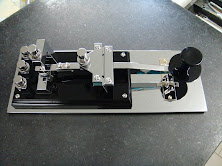
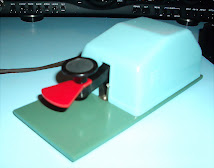



























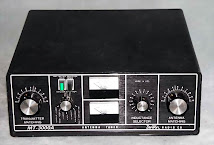
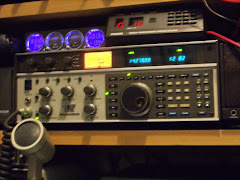
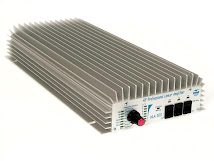
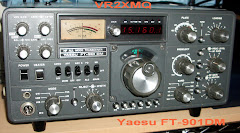













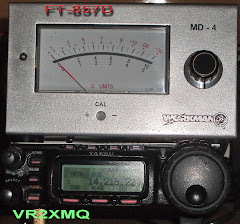





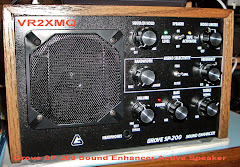



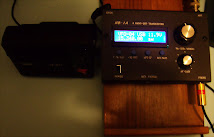



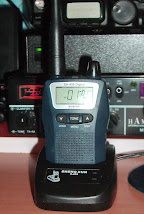
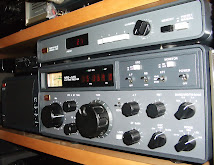





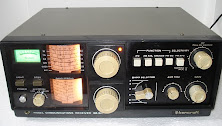












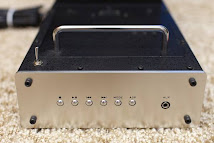

























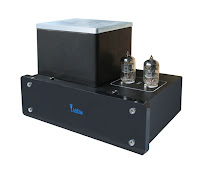

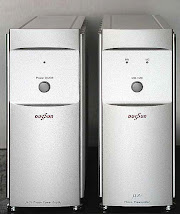



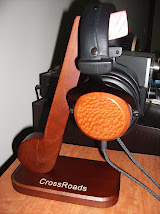






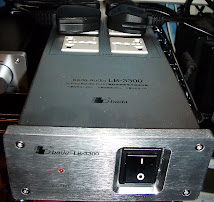
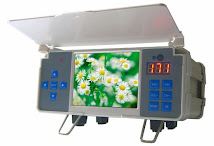




















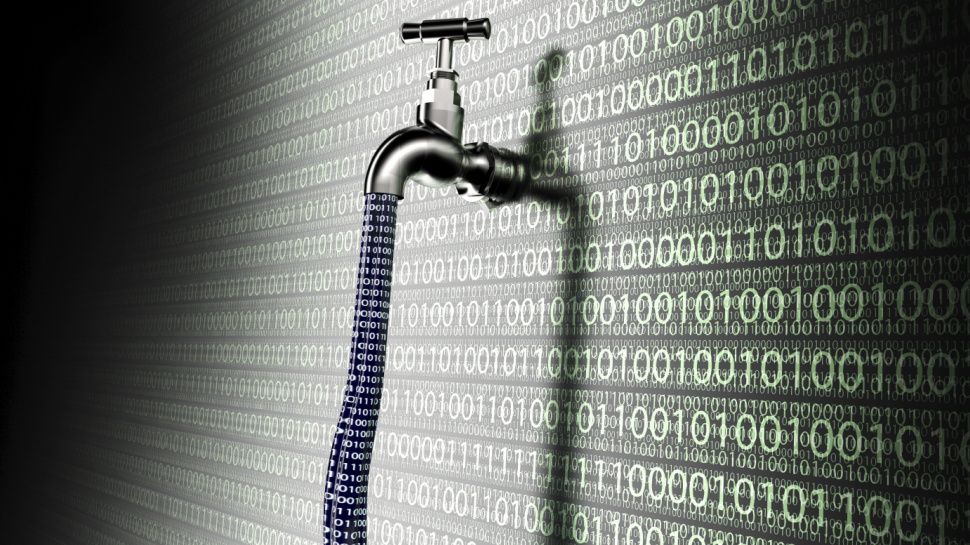










No comments:
Post a Comment